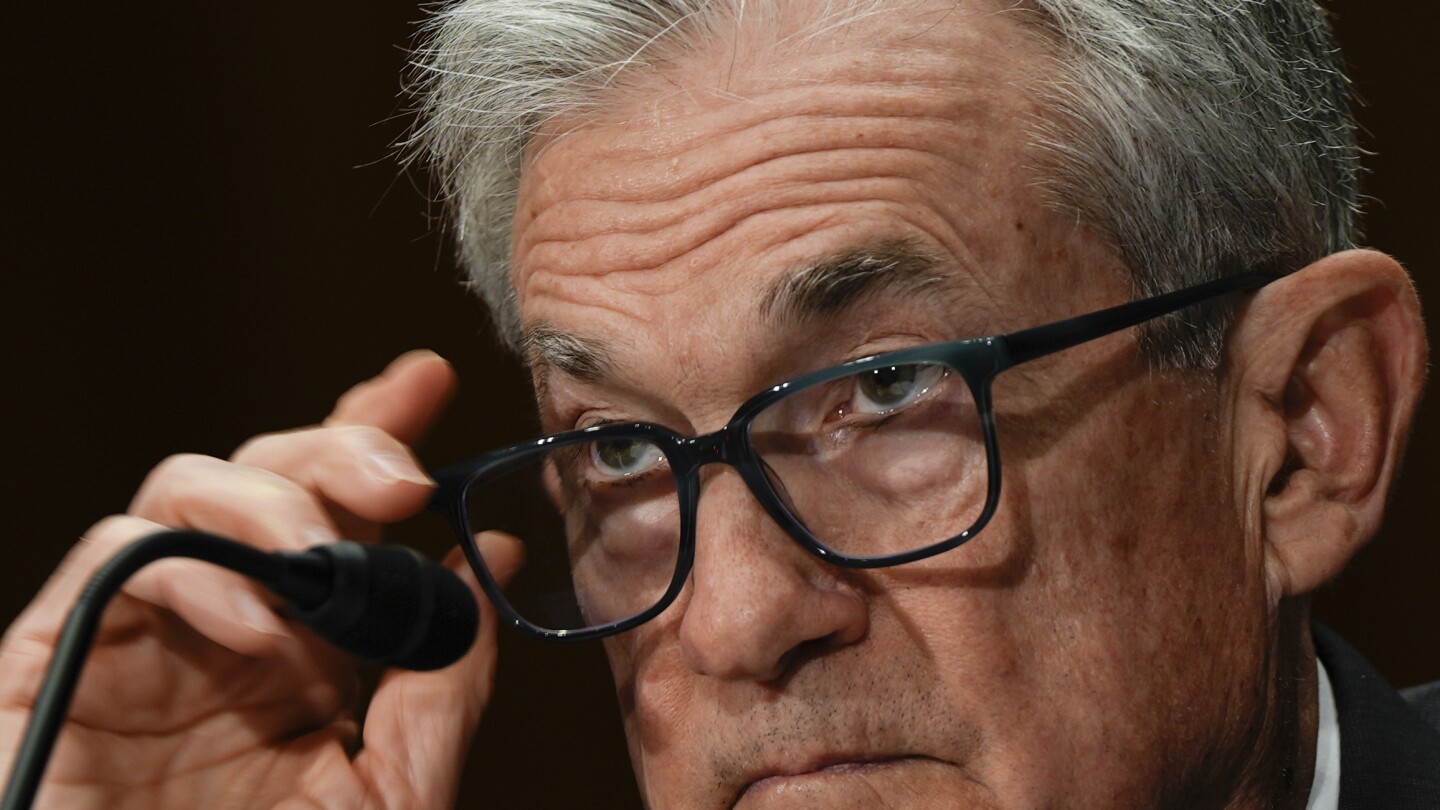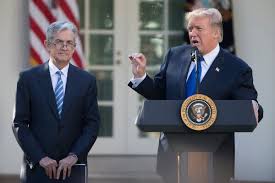President Donald Trump has expressed his dissatisfaction with Federal Reserve Chairman Jerome Powell, sparking speculation about the future of the central bank's leadership. Trump's recent statements have raised concerns about the potential impact on the institution's independence and the broader financial markets.
Trump's criticism of Powell revolves around the renovation project of two Federal Reserve buildings in Washington, which the president deemed excessive with a price tag of $2.5 billion. Trump's stance on the matter has intensified, suggesting that Powell's handling of the renovation could be grounds for dismissal. He has been vocal about his desire to remove Powell from his position, citing conflicts over interest rate policies and the Fed's resistance to cutting rates.
The Federal Reserve, under Powell's leadership, has emphasized the importance of maintaining its independence from political interference. The central bank's dual mandate of maximizing employment and stabilizing prices requires it to make decisions based on economic factors rather than political pressures. Trump's attempts to influence Fed policies highlight the ongoing struggle between the executive branch and the traditionally autonomous central bank.
The potential removal of Powell before his term ends in 2026 could have far-reaching implications for the Fed's independence and the stability of the economy. While legal constraints exist on the president's ability to oust the Fed chair, Trump has sought avenues to challenge Powell's leadership based on the perceived mismanagement of the renovation project. The Supreme Court has previously indicated that firing Powell solely due to policy disagreements may not be justifiable.
The renovation of the Marriner S. Eccles building and its neighboring structure is essential, according to the Fed, due to outdated systems and hazardous elements in the buildings. The project, initially budgeted at $1.9 billion, has faced cost overruns and delays, leading to criticism from the Trump administration.
The Fed's explanations for the increased costs include rising construction expenses, additional asbestos removal, and regulatory limitations on building height in Washington, D.C. Despite justifications provided by the central bank, Trump administration officials have raised concerns about the project's scope and opulence, accusing the Fed of overspending on unnecessary luxuries.
White House officials have questioned the Fed's adherence to approved renovation plans, suggesting potential ethical violations by scaling back certain features to reduce expenses. Accusations of mismanagement and lack of transparency have further strained the relationship between the administration and the central bank.
The conflict between Trump and Powell underscores broader tensions regarding the autonomy of the Federal Reserve and the implications of political interference in monetary policy. The central bank's commitment to fulfilling its mandate without external influence is essential for maintaining economic stability and investor confidence.
As the situation unfolds, observers are closely monitoring the developments between the White House and the Federal Reserve, recognizing the potential consequences for financial markets and the economy. The debate over Powell's leadership and the renovation project highlights the delicate balance between governmental oversight and the independence of critical institutions like the Federal Reserve.
For more updates on this unfolding story, stay tuned to reputable news sources and follow the latest developments in the Federal Reserve System.



